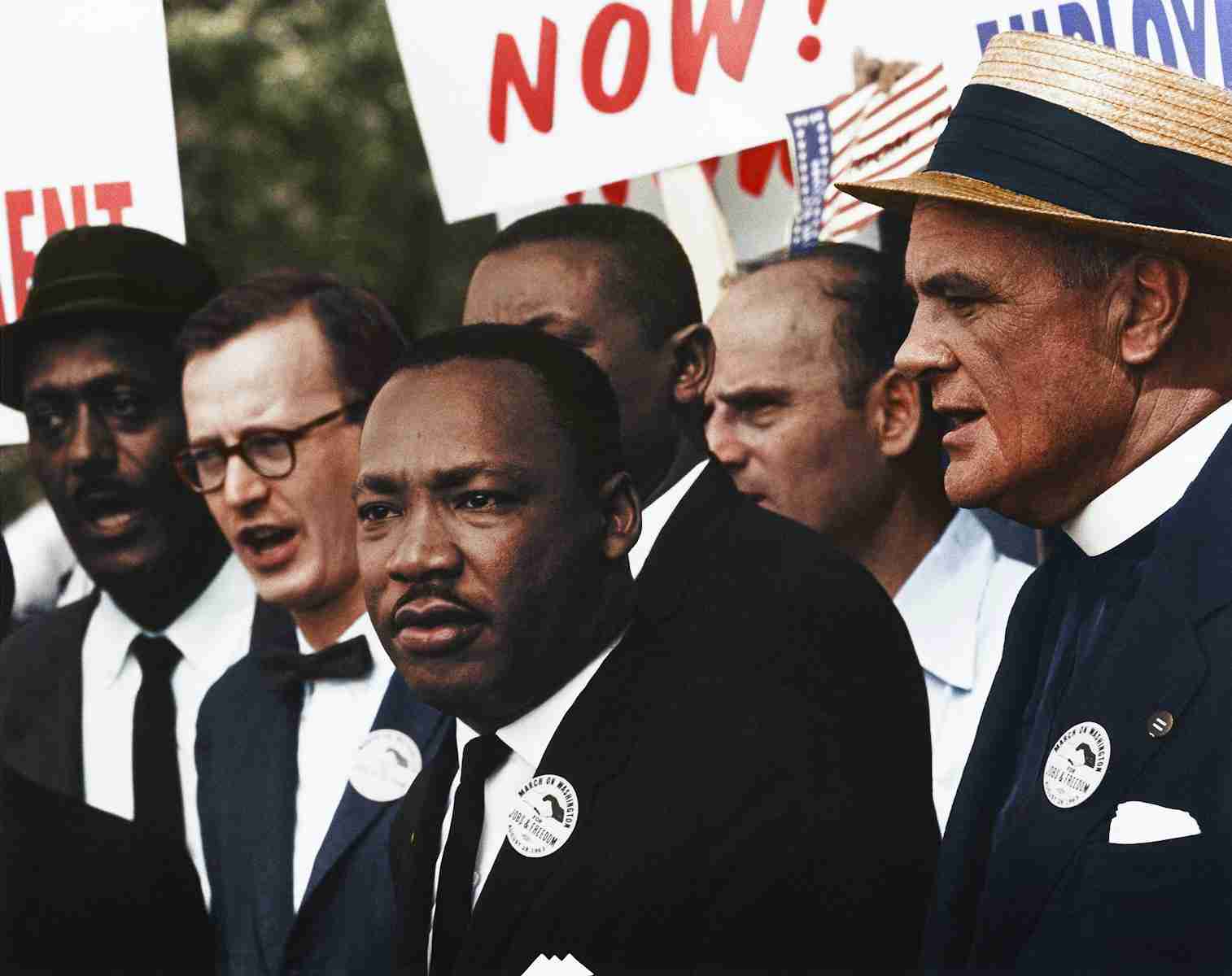22 Fun Facts About Martin Luther King Jr
1. Dr. Martin Luther King Jr. was born Michael King Jr.
Originally named Michael King Jr., he was born on January 15, 1929. His name changed after his father, inspired by the German reformer Martin Luther, visited Germany.
Both father and son adopted the name Martin Luther in honor of the leader who challenged the status quo, marking a significant turn in their identities and linking their legacy to a history of reform.
2. King was the youngest man to receive the Nobel Peace Prize.
Very few people know that Martin Luther King Jr., at the age of 35, became the youngest person to receive the Nobel Peace Prize on October 14, 1964.
He chose to donate all of his prize money, which was $54,123, to help advance the civil rights movement. This act of generosity highlighted his unwavering commitment to fighting for equality and justice.
3. King was influenced by Mahatma Gandhi’s philosophy of nonviolence.
One of the most interesting facts about MLK was his deep admiration for Mahatma Gandhi’s nonviolent resistance philosophy. Inspired by Gandhi, King visited India in 1959 to learn firsthand about these peaceful protest methods.
This journey profoundly influenced his approach to the fight against racial inequality, embracing civil disobedience as a powerful tool for change.
4. Martin Luther King Jr. was assassinated on April 4, 1968.
After surviving multiple attempts on his life before, Dr. King was tragically assassinated on April 4, 1968, in Memphis, Tennessee. Standing on his hotel’s balcony, he was fatally shot.
Despite James Earl Ray’s confession and later retraction, debates over the true culprits persist. The King family supports theories of a broader conspiracy, highlighting a complex and painful chapter in America’s history.
5. King Jr. skipped grades 9 and 11, entering college at the age of 15.
Martin Luther King Jr. was an exceptional student, skipping the 9th and 11th grades to start college at just 15 years old. In 1944, he entered Morehouse College, where both his father and grandfather had studied.
By 19, he had earned a degree in sociology. During his undergraduate years, King also became an ordained minister, laying the groundwork for his future leadership.
6. MLK Jr. was jailed 29 times, often on trumped-up charges.
Another lesser-known Martin Luther King fact is his frequent arrests, totaling 29 times, often for minor violations or fabricated charges.
His commitment to civil disobedience and peaceful protest led to these arrests, ranging from a minor traffic violation in Montgomery to participating in a sit-in in Atlanta.
7. What did Martin Luther King fight for?
Martin Luther King Jr. championed the fight for equality and justice, leading pivotal movements that resulted in the Civil Rights Act of 1964 and the Voting Rights Act of 1965.
He advocated for the right to vote, desegregation, and labor rights through peaceful protests. His iconic “I Have a Dream” speech remains a symbol of his enduring legacy for a united, equitable United States of America.
8. Where did Martin Luther King give his speech?
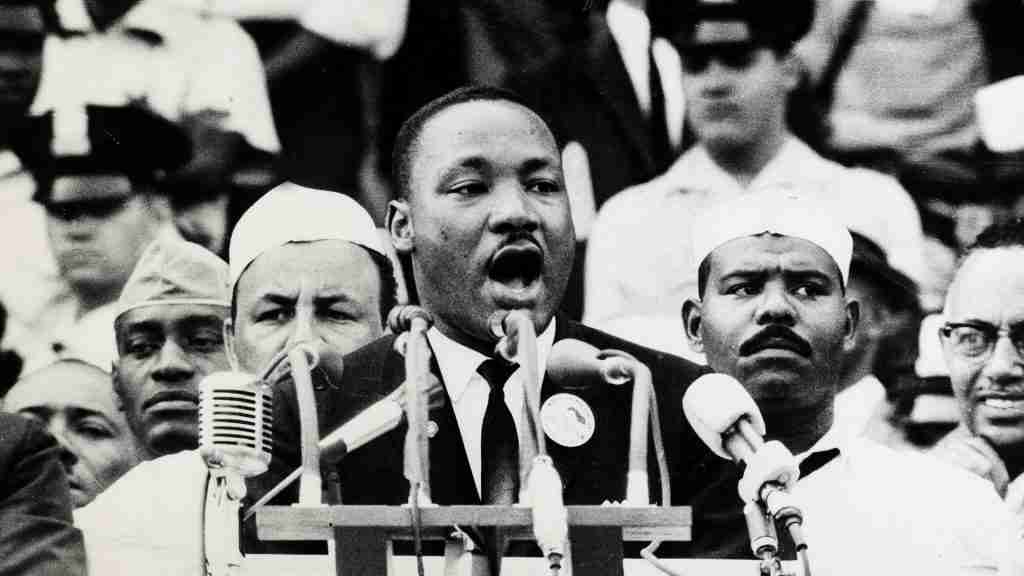
Martin Luther King, Jr., delivered his famous “I Have a Dream” speech at the Lincoln Memorial during the March on Washington on August 28, 1963. Speaking to a crowd of over 200,000 people, this moment became a pivotal point in history.
Encouraged by Mahalia Jackson from behind when he shouted, “Tell ’em about the dream, Martin,” King improvised part of his speech, sharing his vision for equality and freedom.
9. Dr. King was Time magazine’s Man of the Year in 1963.
In 1963, Dr. Martin Luther King Jr. was named Time magazine’s “Man of the Year,” becoming the first African American to receive this distinction. This recognition was for his influential role in the civil rights movement.
Notably, this was not King’s first appearance on Time’s cover; he was featured in 1957 for his leadership in the Montgomery bus boycott, highlighting his enduring impact on the fight for equality and justice.
10. King narrowly survived an assassination attempt in 1958.
A decade before his tragic death, Martin Luther King Jr. narrowly survived an assassination attempt in 1958. While signing books in Harlem, Izola Ware Curry attacked him, stabbing him with a letter opener.
The incident required immediate, life-saving surgery at Harlem Hospital. This harrowing experience underscored the dangers King faced in his fight for civil rights.
11. King’s opposition to the Vietnam War was controversial.
In the late 1960s when opposition to the Vietnam War was high in American civil society, Dr. Martin Luther King Jr’s stance against the conflict was controversial.
He criticized the war for diverting resources from domestic issues, arguing it harmed the poor and minorities the most. This shift in focus from civil rights to anti-war and anti-poverty efforts puzzled many of his allies.
12. Dr. King’s last speech foreshadowed his death.
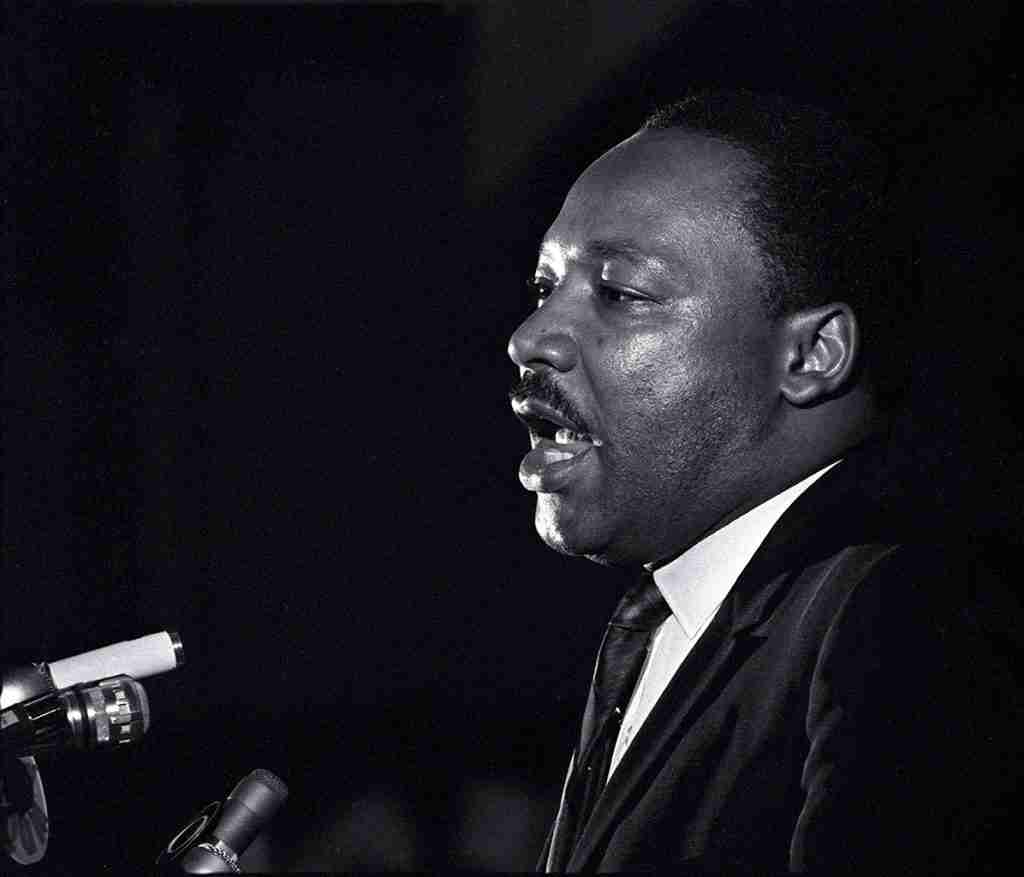
One of the most interesting facts about MLK’s death is his last speech, “I’ve Been to the Mountain top,” delivered in Memphis the night before he was assassinated.
In it, King spoke of threats to his life and his vision of the ‘Promised Land,’ expressing readiness to face death, showing his deep commitment to the cause despite knowing the dangers ahead.
13. How many streets are named after Martin Luther King?
As of a 2018 report, there are at least 955 streets in the U.S. named after Martin Luther King Jr., spanning 41 states, the District of Columbia, and Puerto Rico.
Globally, around 1000 streets bear his name, reflecting his enduring legacy. Beyond streets, schools, buildings, and projects also honor him, symbolizing over 50 years of respect for his selflessness and advocacy.
14. Dr. King had the heart of a 60-year-old at the age of 39.
Did you know that Martin Luther King Jr., at the age of 39, had the heart condition of a 60-year-old? The autopsy conducted after his assassination revealed the toll that 13 years of relentless civil rights activism took on his health.
According to doctors stress, long nights, and constant worrying significantly aged his heart, highlighting the physical cost of his monumental efforts.
15. King’s doctoral dissertation contained instances of plagiarism.
Martin Luther King Jr.’s doctoral dissertation was found to contain plagiarized sections. This aspect of King’s academic career adds a complex layer to his otherwise monumental legacy.
Boston University, where he received his Ph.D. in systematic theology, conducted an investigation in 1980 that confirmed significant portions of his thesis were appropriated from other authors’ works.
16. Dr. King’s mother was also shot dead.
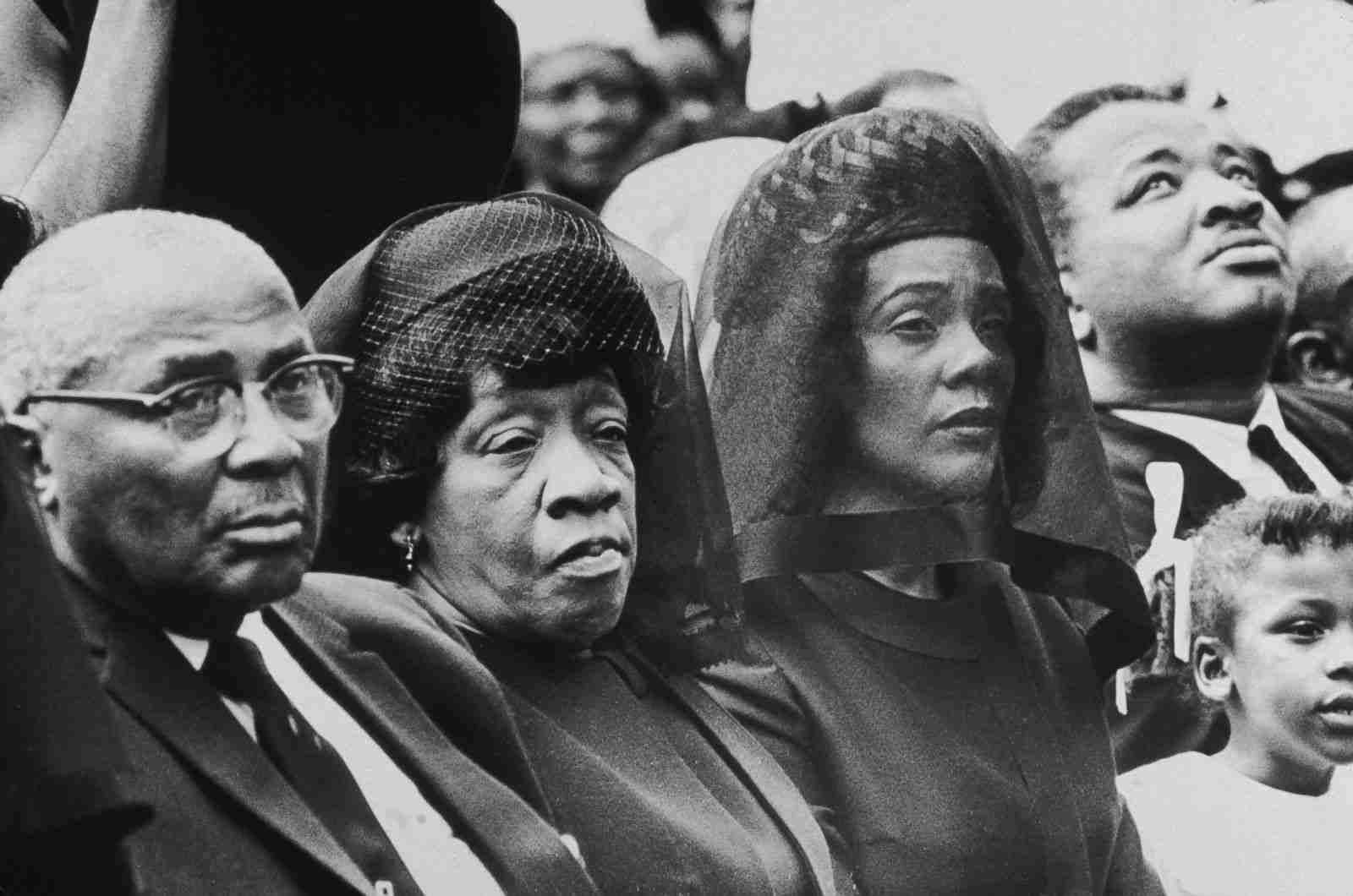
One of the most heartrending MLK Jr. facts is the assassination of his mother, Alberta Williams King, six years after his death. While leading the choir at Ebenezer Baptist Church in Atlanta, Georgia, on June 30, 1974, she was fatally shot by Marcus Wayne Chenault Jr.
The tragic incident mirrored the violence that had claimed her son, marking another sorrowful chapter in the King family’s history.
17. King’s house was bombed during the Montgomery Bus Boycott.
During the Montgomery Bus Boycott in 1956, Martin Luther King Jr.’s house was bombed. This attack occurred on January 30, while his wife, Coretta, their seven-week-old daughter Yolanda, and a neighbor were inside.
Fortunately, no one was harmed, despite significant damage to the front of the home. The incident highlighted the intense opposition King faced in his fight for civil rights.
18. King wrote the famous “Letter from Birmingham Jail” in the margins of a newspaper.
While imprisoned in Birmingham, Alabama, in 1963, after he defied a state court’s injunction and led a march of black protesters without a permit, Martin Luther King Jr. crafted his seminal “Letter from Birmingham Jail” using the only materials he had: the margins of a newspaper and scraps of paper.
This powerful piece, responding to criticisms from white clergymen, eloquently argued for nonviolent protest and civil disobedience as means to end racial segregation, marking a pivotal moment in the civil rights movement.
19. MLK was a Star Trek fan and admired Nichelle Nichols’ character, Uhura.
Martin Luther King Jr. was not only a fan of “Star Trek” but also deeply admired Nichelle Nichols’ portrayal of Lieutenant Uhura. He considered her role groundbreaking and crucial enough to personally encourage Nichols to remain on the show.
King valued Uhura’s representation so much that he mentioned “Star Trek” was the only show he let his children stay up late to watch.
20. King won a Grammy Award for Best Spoken Word Album.
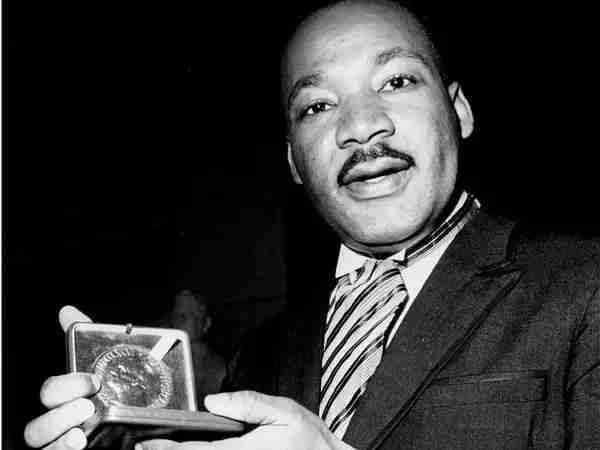
Martin Luther King Jr. was awarded a Grammy posthumously in 1971 for Best Spoken Word Album for “Why I Oppose The War In Vietnam.” His powerful speech, delivered in New York City in 1967, earned this recognition.
While King had a love for music, his Grammy win highlighted his profound impact through spoken word, marking his third nomination and first win in this category.
21. One of King’s first jobs at 13 was delivering papers.
At just 13 years old, Martin Luther King Jr. took on one of his first jobs as a paperboy, quickly rising to become the youngest assistant manager for the Atlanta Journal’s delivery station in 1942.
That same year, he demonstrated his academic prowess by skipping the ninth grade and enrolling in Booker T. Washington High School, where he maintained a B-plus average.
22. King Jr. attempted to commit suicide when he was 12.
Another interesting fact about Martin Luther King Jr childhood is that at the age of 12, he attempted to commit suicide by jumping from the second-story window of his house.
This tragic event occurred in 1941, following the heart attack and death of his beloved grandmother, a loss that deeply affected him, especially since he was out against his parents’ wishes at the time.
FAQs
Martin Luther King Jr. is buried at The King Center in Atlanta, Georgia. Alongside his wife, Coretta Scott King, his final resting place is part of the Martin Luther King Jr. National Historical Park, a site dedicated to his life and legacy.
Martin Luther King Jr. did not start the Civil Rights Movement, but he became its most visible and influential leader. Through his leadership in the Montgomery Bus Boycott and the Southern Christian Leadership Conference, he propelled the movement forward with his nonviolent approach.
MLK Jr. was born on January 15, 1929, in Atlanta, Georgia, and was assassinated on April 4, 1968, in Memphis, Tennessee. His life and work spanned 39 years, during which he became a central figure in the fight for civil rights.
Dr. King changed the world by leading a nonviolent movement that successfully challenged and dismantled institutional racism in the United States. His efforts led to significant legal changes, including the Civil Rights Act of 1964 and the Voting Rights Act of 1965, which transformed American society.
Martin Luther King Jr. fought for civil rights to end racial segregation and discrimination against African Americans. He believed in equality and justice for all, using nonviolent protest and civil disobedience as tools to achieve legal and social change.

